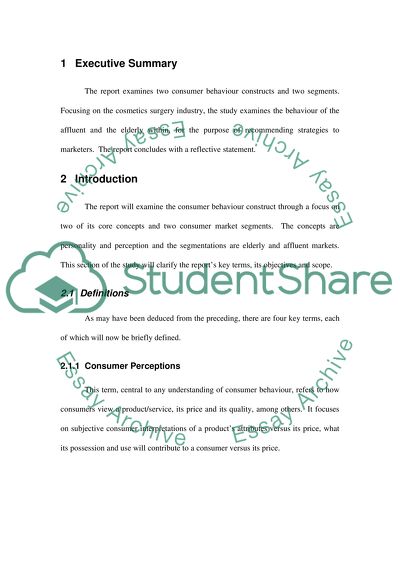Cite this document
(Consumption Patterns among the Young-Old and Old-Old Assignment, n.d.)
Consumption Patterns among the Young-Old and Old-Old Assignment. Retrieved from https://studentshare.org/psychology/1515121-consumer-behaviour-college-essay
Consumption Patterns among the Young-Old and Old-Old Assignment. Retrieved from https://studentshare.org/psychology/1515121-consumer-behaviour-college-essay
(Consumption Patterns Among the Young-Old and Old-Old Assignment)
Consumption Patterns Among the Young-Old and Old-Old Assignment. https://studentshare.org/psychology/1515121-consumer-behaviour-college-essay.
Consumption Patterns Among the Young-Old and Old-Old Assignment. https://studentshare.org/psychology/1515121-consumer-behaviour-college-essay.
“Consumption Patterns Among the Young-Old and Old-Old Assignment”, n.d. https://studentshare.org/psychology/1515121-consumer-behaviour-college-essay.


